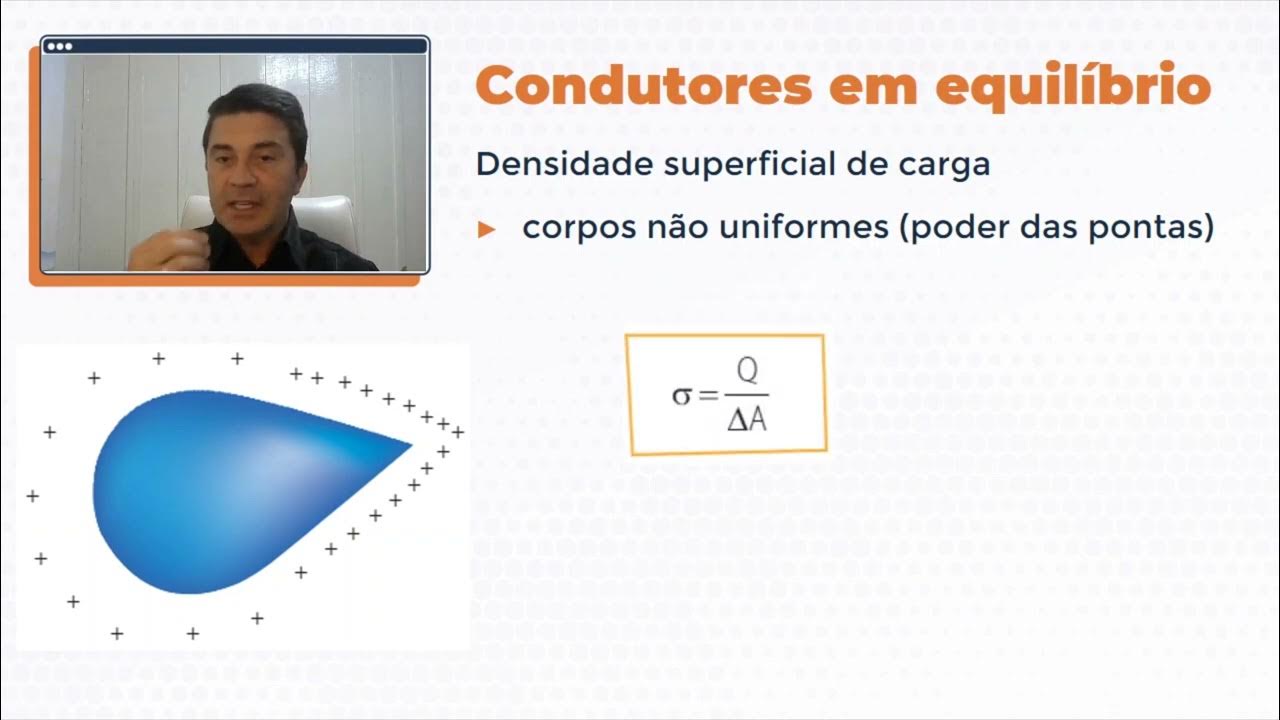Capacitor working animation | Dielectric polarization | How Capacitor Works | Capacitor animation
Summary
TLDRThis video explains capacitors as devices that store electrical energy in the form of electric charges on their plates, similar to batteries but functioning differently. Capacitors charge and discharge rapidly, making them ideal for applications requiring quick energy bursts, such as in cameras and power supplies. The analogy of a water tank illustrates their role in maintaining steady current despite voltage fluctuations. Key concepts include capacitance, measured in farads, and the influence of dielectric materials on energy storage. The video emphasizes the diverse applications of capacitors in energy storage, signal filtering, and voltage regulation.
Takeaways
- 🔋 Capacitors store electrical energy in an electric field, differentiating them from batteries, which store energy through chemical reactions.
- ⚡ Capacitors can charge and discharge energy much faster than batteries, making them ideal for applications that require quick bursts of energy.
- 💡 Applications of capacitors include camera flashes, motor startups, and voltage regulation in power supplies.
- 💧 The water tank analogy illustrates how capacitors maintain a steady flow of energy despite fluctuations in input voltage.
- 📊 A capacitor acts as a temporary reservoir of electrical charge, smoothing out voltage variations to prevent flickering in lights.
- 🔌 Capacitors consist of two conductive plates separated by an insulating material called a dielectric, which helps store energy.
- 📏 The capacitance of a capacitor, measured in farads, is the ability to store electric charge, with higher capacitance allowing for more energy storage.
- 🌌 The dielectric material's polarization increases the capacitor's capacitance, enabling it to store more electrical energy.
- 📈 The permittivity or dielectric constant of materials affects how easily they can be polarized, impacting the overall capacitance.
- 🛠️ Capacitors are widely used in various electrical and electronic applications, including energy storage, signal filtering, and timing circuits.
Q & A
What is a capacitor?
-A capacitor is a device that stores electrical energy in the form of electric charges on its plates.
How do capacitors differ from batteries?
-Batteries store electrical energy through chemical reactions, while capacitors store energy in an electric field.
Why are capacitors faster than batteries in energy release?
-Capacitors can charge and discharge energy much faster than batteries, making them suitable for applications requiring quick bursts of energy.
What applications utilize capacitors?
-Capacitors are used in applications like camera flashes, starting motors, and smoothing out voltage variations in power supplies.
How does the water tank analogy explain the function of a capacitor?
-In the analogy, a water tank stores excess water during high pressure and releases it during low pressure, similar to how a capacitor stores and releases electrical energy to maintain a steady current.
What is voltage regulation in the context of capacitors?
-Voltage regulation is the process by which capacitors maintain a constant voltage level across a load, preventing flickering lights during voltage fluctuations.
What is capacitance and how is it measured?
-Capacitance is the ability of a capacitor to store electric charge, measured in farads (F).
What role does a dielectric material play in a capacitor?
-A dielectric material increases the capacitance of a capacitor without changing its physical dimensions by becoming polarized in an electric field.
What is the dielectric constant?
-The dielectric constant (or permittivity) of a material indicates how easily it can be polarized in an electric field; a higher constant means greater capacitance.
What are some additional applications of capacitors?
-Capacitors are used for energy storage, signal filtering, and in time delay circuits.
Outlines

Этот раздел доступен только подписчикам платных тарифов. Пожалуйста, перейдите на платный тариф для доступа.
Перейти на платный тарифMindmap

Этот раздел доступен только подписчикам платных тарифов. Пожалуйста, перейдите на платный тариф для доступа.
Перейти на платный тарифKeywords

Этот раздел доступен только подписчикам платных тарифов. Пожалуйста, перейдите на платный тариф для доступа.
Перейти на платный тарифHighlights

Этот раздел доступен только подписчикам платных тарифов. Пожалуйста, перейдите на платный тариф для доступа.
Перейти на платный тарифTranscripts

Этот раздел доступен только подписчикам платных тарифов. Пожалуйста, перейдите на платный тариф для доступа.
Перейти на платный тарифПосмотреть больше похожих видео

Capacitors Explained - The basics how capacitors work working principle

Electrical Engineering: Ch 6: Capacitors (1 of 26) Basics (What is a Capacitor?)

What is Capacitor? What is Capacitance?

VIDEOAULA | Física | Ensino Médio | Fundamentos da Eletrodinâmica I

Stocker l'énergie 1/2 Batterie vs Supercondensateur

Cara Kerja dan Perkembangan TEKNOLOGI BATERAI
5.0 / 5 (0 votes)
